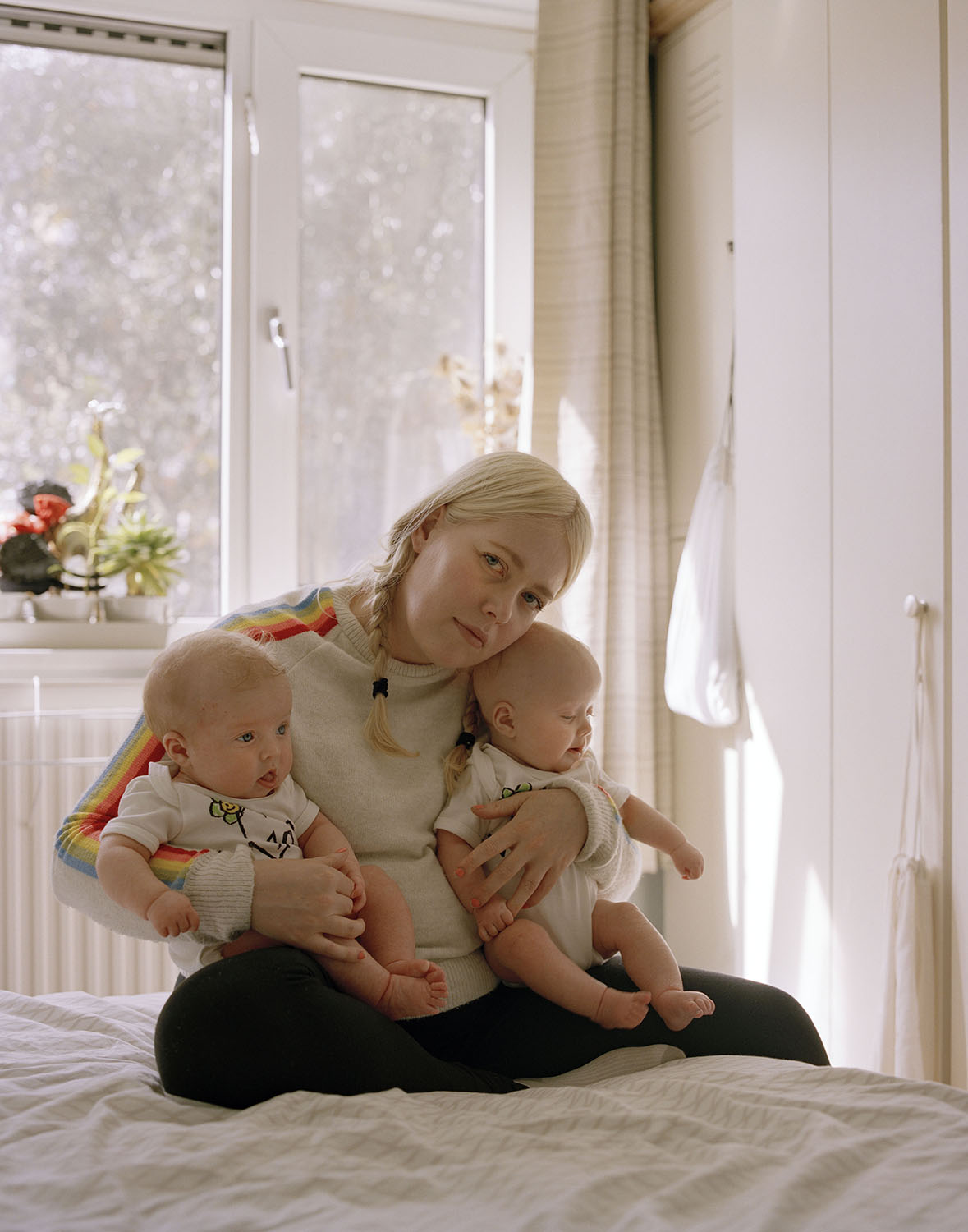Last Updated on 09/02/2018 by Mark Beckenbach
All images by Sadie Catt. Used with permission.
While Brighton-based documentary photographer Sadie Catt was still taking her university studies in photography last year, she began to wonder what her future would be like as a photographer, a woman, and a mother. It became the driving force for a project she embarked on to find out, straight from women photographers who also became mothers themselves, what it’s like to be all three, and what challenges they need to overcome. While it was born out of a personal curiosity, Mothers in Photography turned out to be an eye-opener about how women, in this day and age, still still have to worry about the implications of motherhood in their chosen careers.
In this interview, we asked Catt to tell us more about the beginnings and motivations of her documentary project, the memorable encounters and stories she came across so far, and how portraiture became the vehicle for Mothers in Photography.
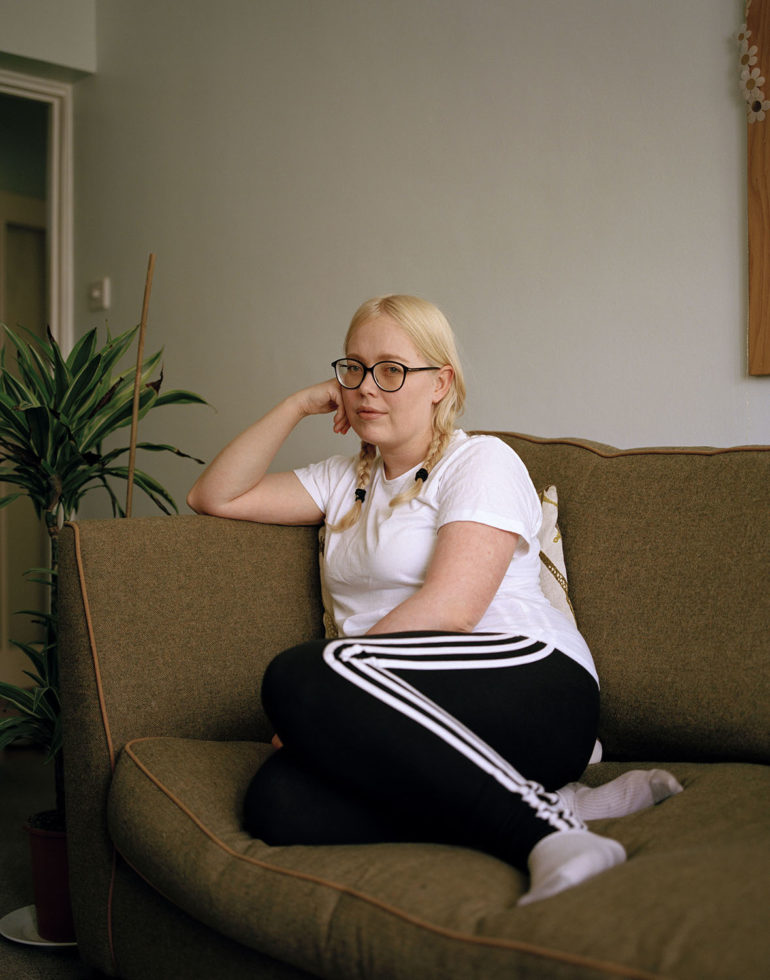
Phoblographer: Hello Sadie! Can you tell us something about yourself and what you do?
Sadie Catt: Hi! I’m Sadie, I’m 23, and I was born and raised in Brighton, England. I’m a recent graduate of The University of the West of England. I shoot predominantly on medium format film using natural light sources.
Phoblographer: How did you get into photography and discover the kind of photography and imagery that you make now?
Sadie: I always knew what I liked and didn’t like as a kid; my parents would take me to art galleries and I would ignore almost everything on the walls except one or two pieces. The ones I liked I would spend all my time there with, examining every detail and really trying to understand. I used to think this was a negative way to be and that I was just me being close-minded, but now I can see how it’s contributed to my own identity as an artist. My father is very artistic too and always encouraged me to be creative growing up. I started taking photos to use as a reference when painting at school but soon found I was actually much more interested in taking the photographs, rather than recreating them.
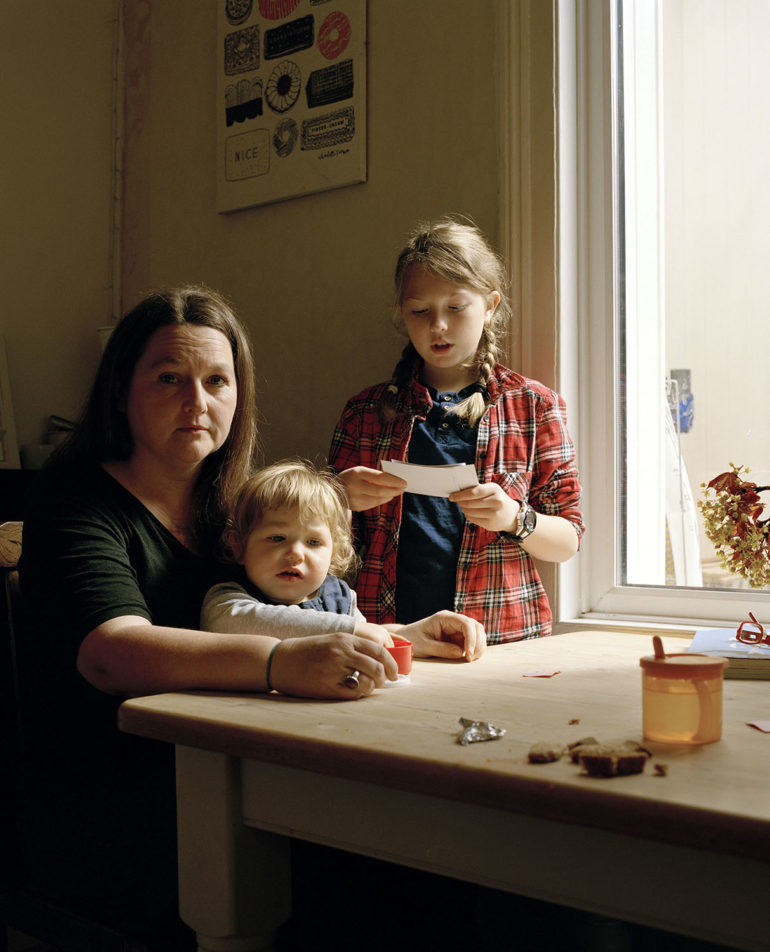
Phoblographer: We want to know more about your project titled Mothers in Photography. Which part or side of motherhood inspired you to do this project? Which aspect of this topic did you find most compelling and most worthy of being documented?
Sadie: I began the project in 2017, while I was still studying photography at university. I’ve always been interested in maternity and becoming a mother myself one day. Then, I began to worry about how feasible that might be if I were to continue pursuing a career in photography. I became really aware of the differences between men and women’s careers within the same industry. Essentially, I was frustrated that I had briefly considered not doing what I wanted because of my gender.
So my initial motive was perhaps quite a selfish one; I wanted to find out more about the possibilities for my own future from women who were already both working as photographers and mothers. As I got further into the project, researching, discussing my concerns with my peers and meeting my subjects, I realized just how many women in all sorts of creative industries and varying stages of their careers, were having the same doubts and fears I was. It was this that really compelled me to continue the work. I want to create something accessible, where women can easily relate to each other. But mostly I want to bring some attention to the reality that women are still having to consider the implications of motherhood on their careers in modern day society.
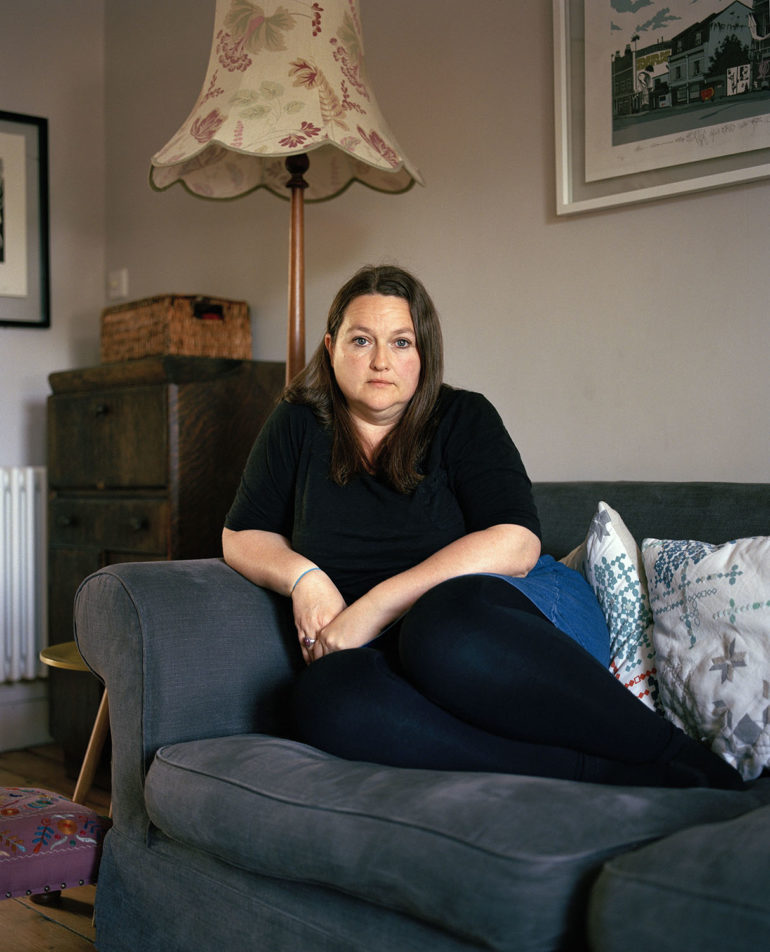
Phoblographer: Are there any qualities, stories, or relationships that you specifically seek for Mothers in Photography? How do you explain the project and these elements to the subjects you choose for the project?
Sadie: The project is very open and still developing. I don’t seek out any specifics for the women I photograph other than that they are professional photographers and parents. The rest comes from meeting the individuals; I shoot each subject in their home, so a lot of their own style and identity comes though naturally. I always make a point of explaining that although the children and their relationship plays a big role in the image, the project is about the women herself. It’s all very relaxed really, I make sure there’s plenty of time for us to chat before I even get my camera out. This gives us an opportunity to discuss their opinions and experience in the industry and as a mother.
Phoblographer: While working on Mothers in Photography, was there ever a particular story/encounter you captured that made the most impact on you?
Sadie: Clare Shilland (below) was the second woman I met as part of this project. She’s actually a mother of two, but the day I visited her eldest was at school so unfortunately couldn’t be involved in the shoot. She spoke of how different she felt during each of her pregnancies, in terms of worrying what having a baby might do to her career. During the first, Clare hid her bump for as long as she could and was scared to tell people in the industry she was going to become a mother. Whereas during her second pregnancy, she said she was much more confident to be upfront and let people know that she may not be as flexible as she once was.
What really impacted on me though was hearing about when Clare was offered her dream job after the birth of her second child – photographing a major celebrity for the cover of a magazine — but with just three days notice before she would need to fly to America. Even with her new mindset, having a three-month-old baby still reliant on her breast milk, Clare felt she had to turn the job down. She didn’t feel she could be honest with the company about why she was saying no to such an amazing opportunity, even feeling embarrassed, as if having a baby wasn’t a valid excuse. She went on to say she regrets feeling this way now and in hindsight thought she may have been feeling particularly vulnerable due to hormones. But that story definitely shocked me.
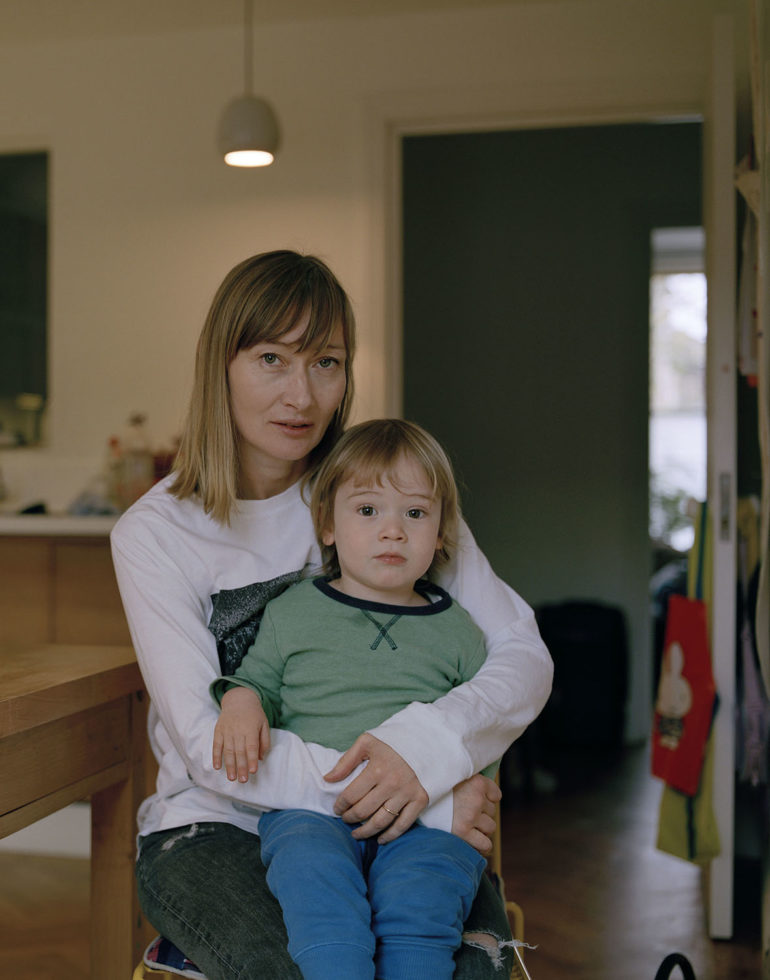
Phoblographer: Portraiture is a major component of your documentary projects. Were you aware early on that it would be the driving force behind your work?
Sadie: I was always most interested in portraiture. That’s just what I wanted to be pointing my camera at. For a long time I even struggled to find interest in imagery that didn’t include people. Now, I am really enjoying capturing details and environments through still-life and landscape, but I still consider these as images to accompany my portraits and contribute to a greater sense of a subject. Despite Mothers in Photography being a personal project, I certainly adopted an editorial approach while shooting it. I knew I only wanted simple portraits in order to give a direct message, so I was determined for them to be strong enough to do this.
Phoblographer: Where do you get the inspiration or ideas for the kind of photography you do?
Sadie: The biggest source of inspiration for me I think definitely comes from the past and personal experience, either my own or people close to me. Inspiration can often be a tricky thing to find and you can’t rush it. I guess I’m constantly observing visuals both in real life and online. It’s usually down to noticing little details around me that I want to capture or make sense of. Eventually the need to make overrides the ‘photographer’s block’ and something has to happen. I’ve been experiencing a bit of this lately having just left education, but I’m beginning to shoot again now.
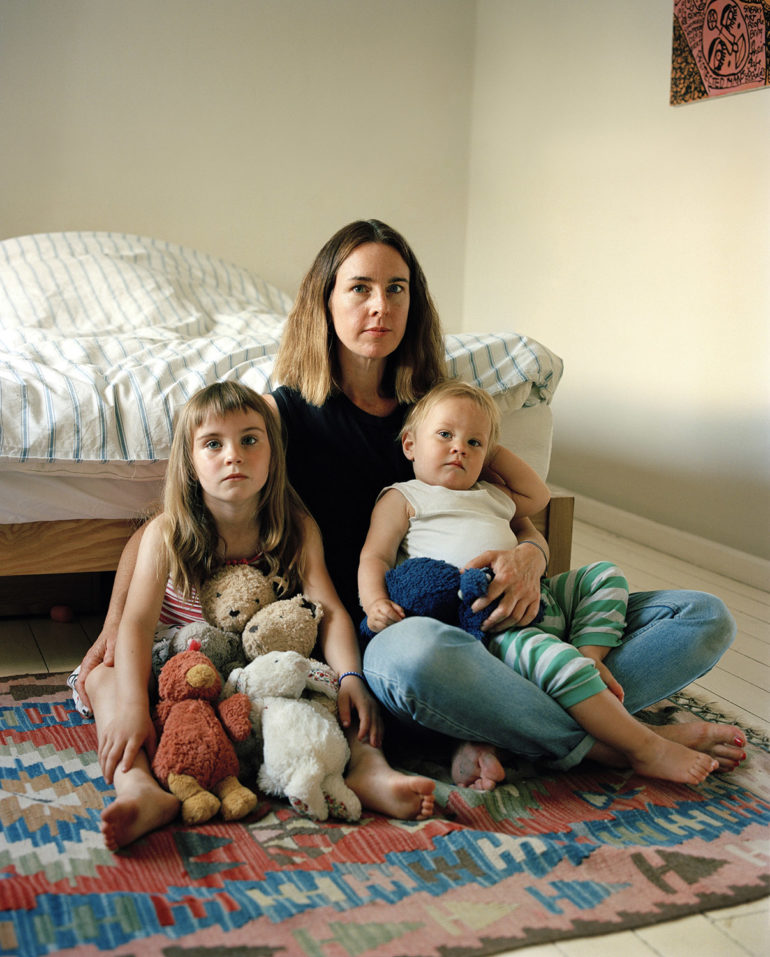
Phoblographer: How do you see your work evolving in the next few years? Is there anything else you wish to achieve with the style and kind of photography you do?
Sadie: I’m keen to continue building on my existing projects, particularly Woodstock which is based in Canada, but really I have no idea what the future holds. I want to keep shooting film as much as I can but other than that I am just remaining open to new developments and following my instinct. I’m in the very early stages of a potential new project right now, it’s a subject I’ve always wanted to undertake but didn’t feel I was quite ready to do it justice.
Phoblographer: What do you consider to be the most crucial element that makes your style truly your own?
Sadie: I think a lot of the time, style comes down to the person you are and the way you see things. The manner in which I take photos and the tools I choose definitely has an effect on my style. I’m pretty slow while shooting and almost always spend more time talking to the people I’m photographing then actually using my camera, because I like getting close to people. Shooting on film and using natural light means I have to be pretty regimented and decisive, I have to be sure about the images I take. But at the same time I have taken hundreds of photos I’ve later decided I’m not happy with, so they simply don’t make the cut. Follow your nose and do what you like, not what you think people want to see.
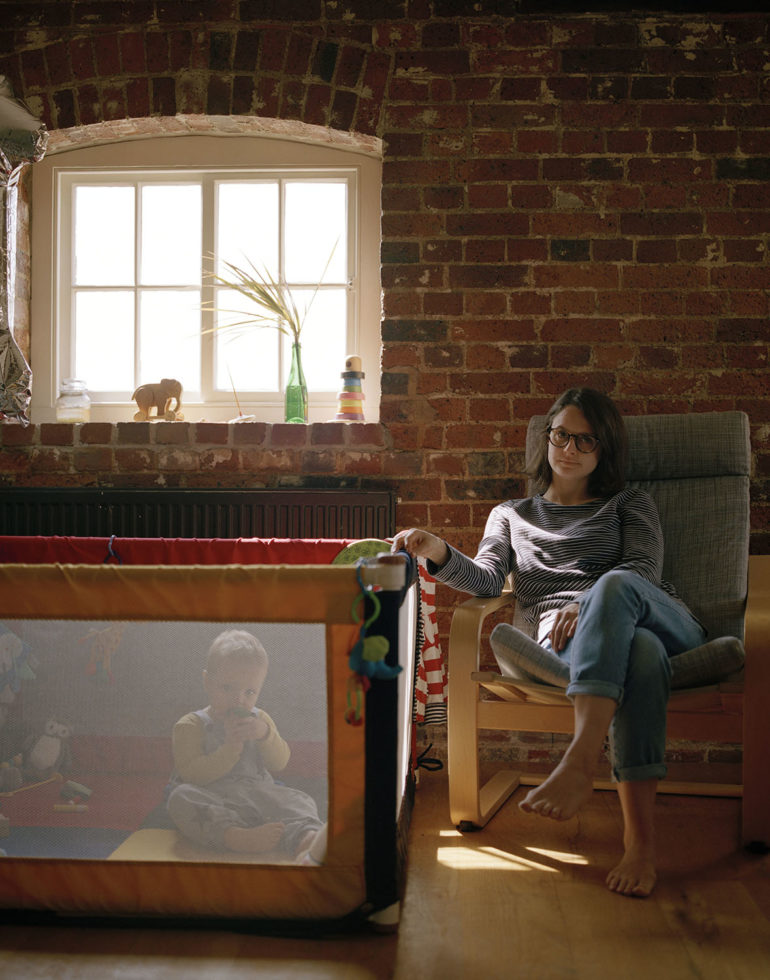
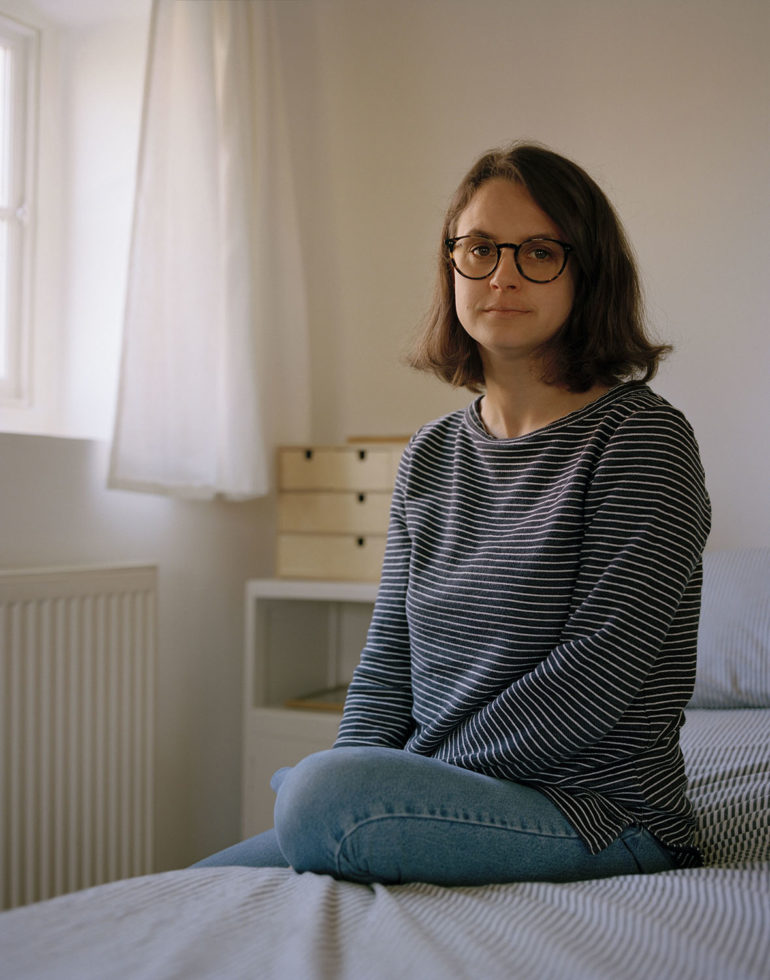
Phoblographer: Lastly, what would you advise those who want to develop their own approach to telling a story through documentary photography?
Sadie: Inform yourself! Read around the subject your approaching and how what you are doing will sit in context to others. Whether that’s theoretical text, film, documentaries, painting, psychology or anything else. And be invested in what your documenting. No one else is going to be interested in what your doing if your not. Personally I work with transcripts; this means hours spent reviewing conversation from the time I spent with a subject. Work like this often goes unseen but its all part of my research method, and it makes the difference.
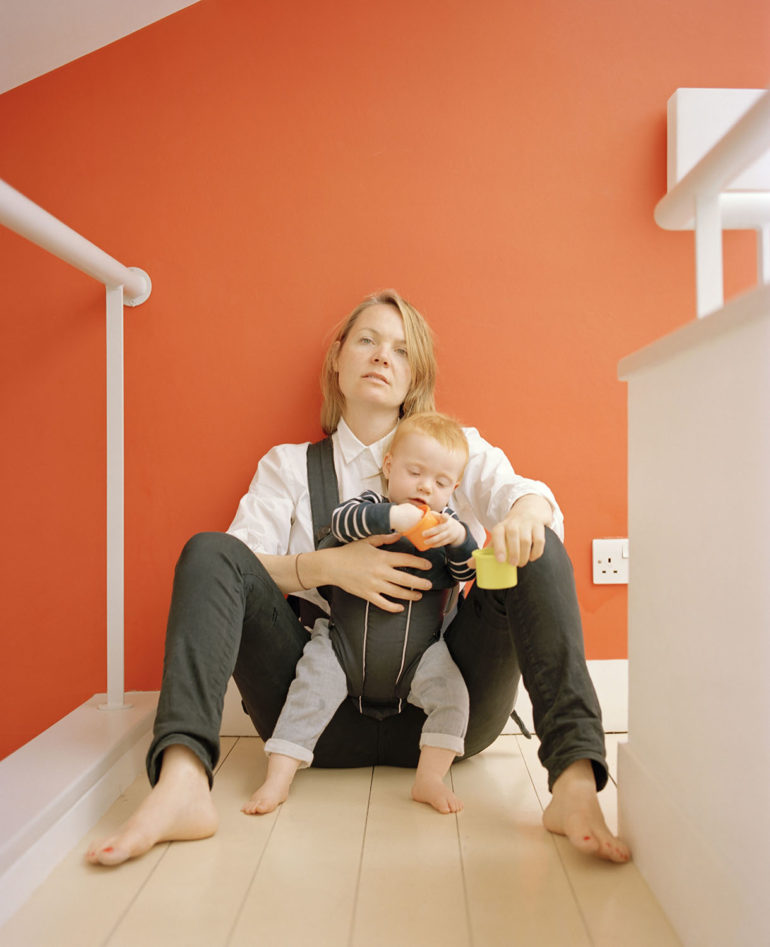
Visit Sadie Catt’s website and follow her on Instagram to see the rest of Mothers in Photography and her other projects.


